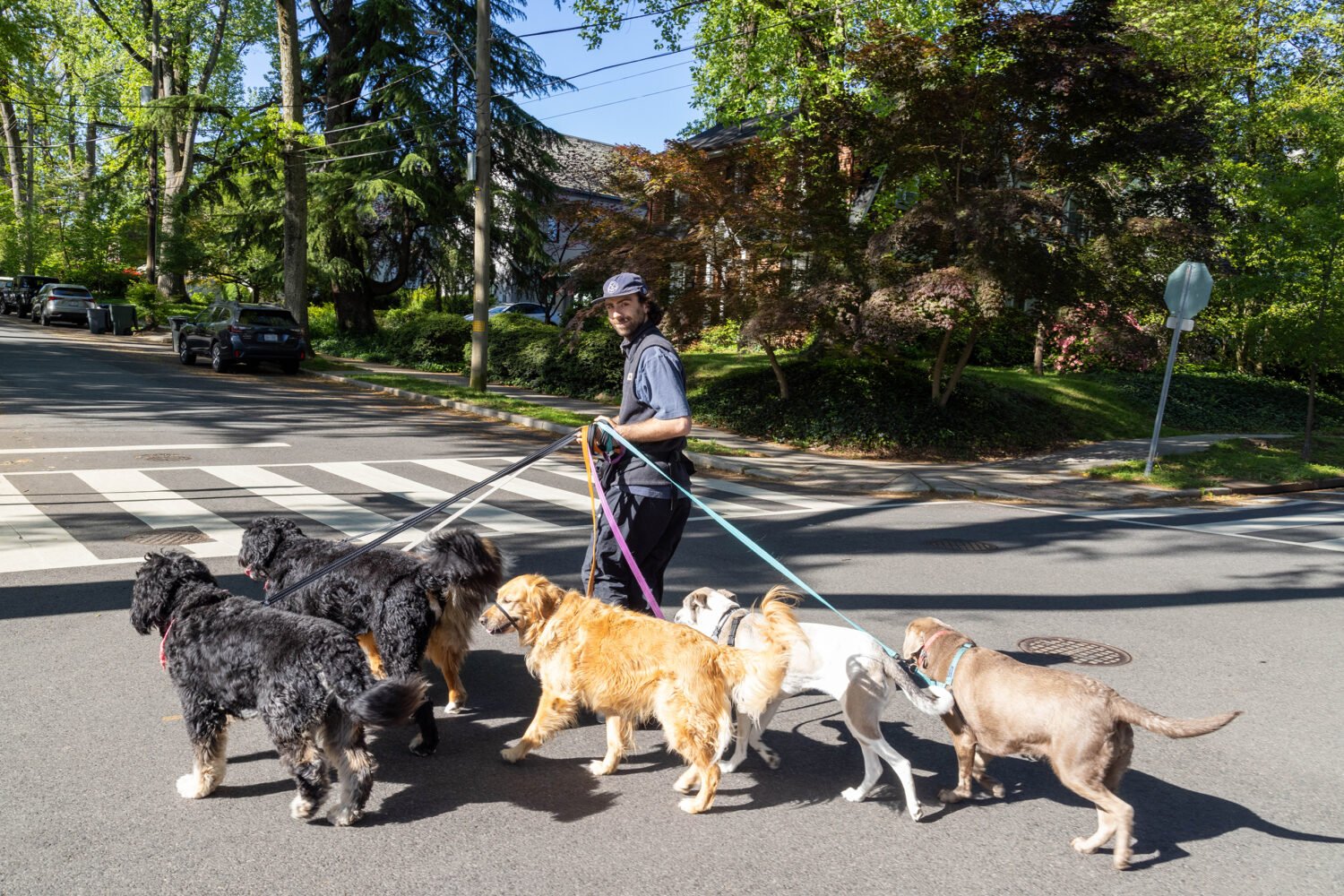Most Washingtonians haven’t spent a ton of time contemplating the Orville and Wilbur Wright Federal Buildings on Independence Avenue. Perhaps you haven’t even noticed them. “It would be easy to walk by these two boxy, buttoned-up buildings without giving them a second glance,” G. Martin Moeller Jr. writes in the AIA Guide to the Architecture of Washington, DC. “But look again.”
That idea—to simply pay attention to the architecture all around us—“was very much at the core” of the book, says Moeller. “This is not meant to be an exhaustive, academic analysis of Washington architecture. It’s a guidebook. It’s trying to get people interested.”
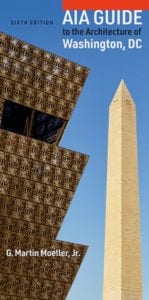
First published in 1965, DC’s AIA Guide is now in its sixth edition, which came out in the fall. Whether you read it straight through, consult it as a reference, or bring it along on one of its 19 suggested walking tours, the book is packed with fascinating info about our city’s buildings and broader history. Moeller—an architecture expert who previously was senior curator at the National Building Museum—also wrote the two prior editions, from 2006 and 2012. He’s an entertaining writer with strong opinions and admirably broad tastes. Just don’t get him started on the FBI headquarters.
Leaving aside the monuments and buildings like the Capitol, where does DC rank as a city for great architecture?
I think it’s better than many people give it credit for being, and that is largely because of what we might call an ensemble effect. We have great neighborhoods: the rowhouse neighborhoods of Capitol Hill, Logan Circle, and Georgetown, the 1920s and ’30s neighborhoods with the Wardman houses, which create great streetscapes and have great character—that is something that really distinguishes the city.
Which must be frustrating for somebody whose book is about the individual buildings rather than the overall character.
It’s true, but I don’t want to say that I don’t think there are a lot of great individual buildings, because there are. There are 450 or so entries in the new edition, and only a fraction of those are federal buildings and memorials and such. So there’s obviously a lot of great architecture in the city.
And yet DC is not always thought of as being in that top echelon of architecture cities. What’s kept us from getting there?
Several things. I remember a local architect saying that, basically, the design review process—the heavy oversight that many architectural projects get in Washington—has prevented a lot of horrible mistakes, but it has probably also prevented some of the more outstanding and innovative work that we might have gotten otherwise.
Maybe I live in a rarefied world—I live right in the heart of the city, and I know a lot of people who are in the cultural sector—but the vast majority of people I know, when they’re looking for places to live, places they want to hang out, a new bar, whatever, they tend to like more cutting-edge design. But they’re often finding more cookie-cutter things, more conservative things, that don’t necessarily meet their wishes.
So I think it’s been a problem in DC that often some forces in the lending world, the development world, etc., keep thinking people want more conservative stuff—quieter buildings that just fit in. And I’m not sure that’s the case. I edit ArchitectureDC magazine, and whenever we publish buildings that are more cutting-edge, we get more positive feedback than anything else. It’s completely contrary to the stereotype of DC as culturally conservative.
A book like this is a snapshot of a moment. It seems difficult to try to judge buildings whose construction we’re six months away from versus ten years away from verses 100 years away from.
Absolutely, and one of the great things about having now written three editions is I get to rethink some of the things I said ten years ago and 16 years ago.
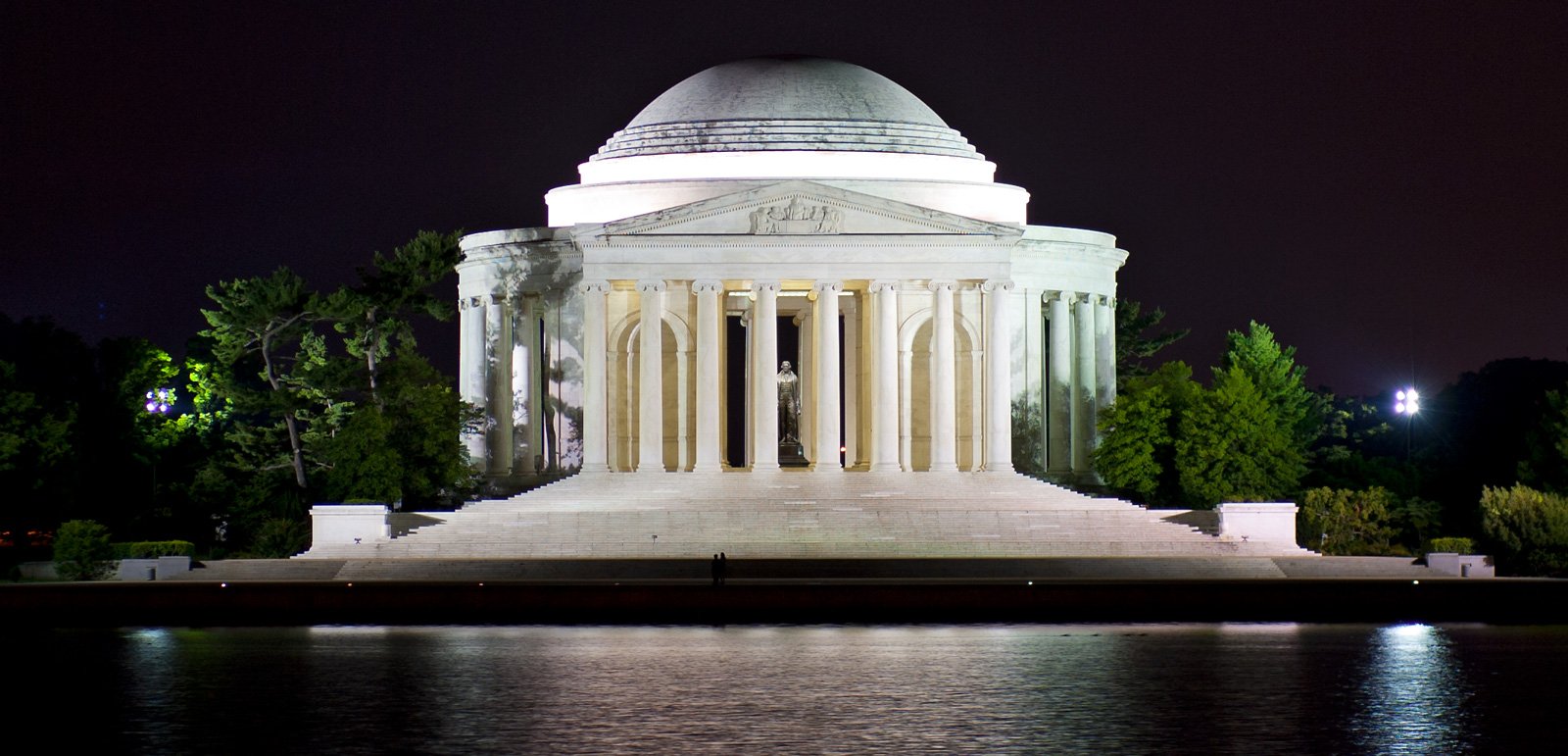
What’s an example?
At the moment that I was writing my first edition, I was thinking about the Jefferson Memorial and how anachronistic it was when it was completed during World War II. This was a memorial to a guy who famously was interested in progress. Many people at the time argued that he would have been appalled by this retrograde design. So I may have been a bit harsher on that memorial in my first edition. And then I realized, well, okay, it is a beautifully sited building, it’s a beautifully designed building for what it is, it’s well proportioned. It’s a beloved memorial, and maybe I could soften my views a bit.
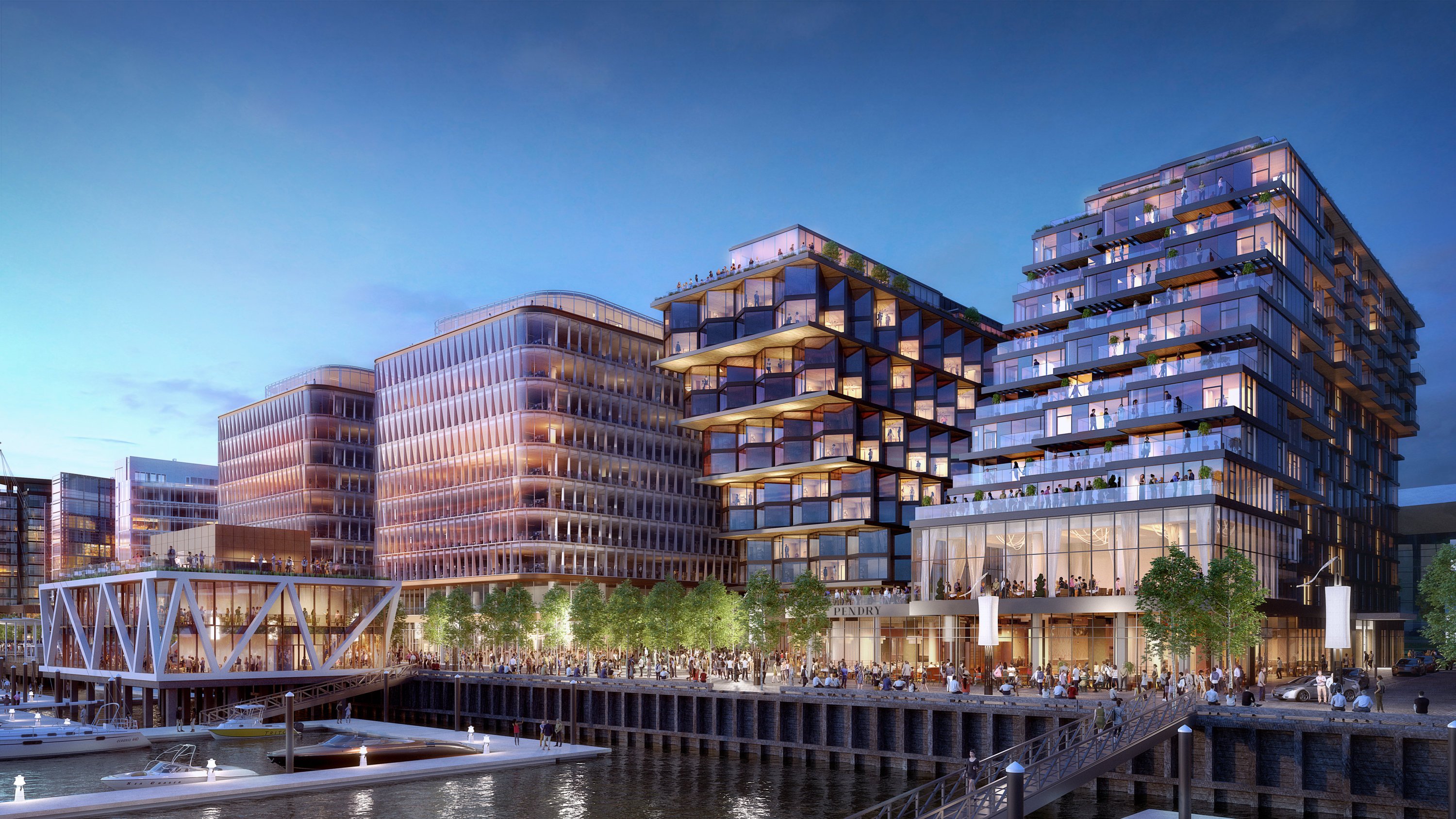
In the last edition, you speculated that DC’s tendency toward architectural timidity could be about to change. Did it?
Yeah, I think so. The second phase of the Wharf, some of the interesting stuff going on at Union Market—there’s some beautiful work in the private sector, [often] in residential projects that don’t necessarily make it into this kind of book. The work that the DC library and public-school systems have commissioned—these are extraordinary buildings in many cases.
Tell me about a prominent building you hate. And you’re not allowed to say the FBI building.
Oh. Well, okay . . . .
Is that what you were about to say?
It’s the first one that comes to mind. But okay, I’ll use something similar: L’Enfant Plaza, which is done by different architects but is still in that same vein. It is just a real affront to the city.
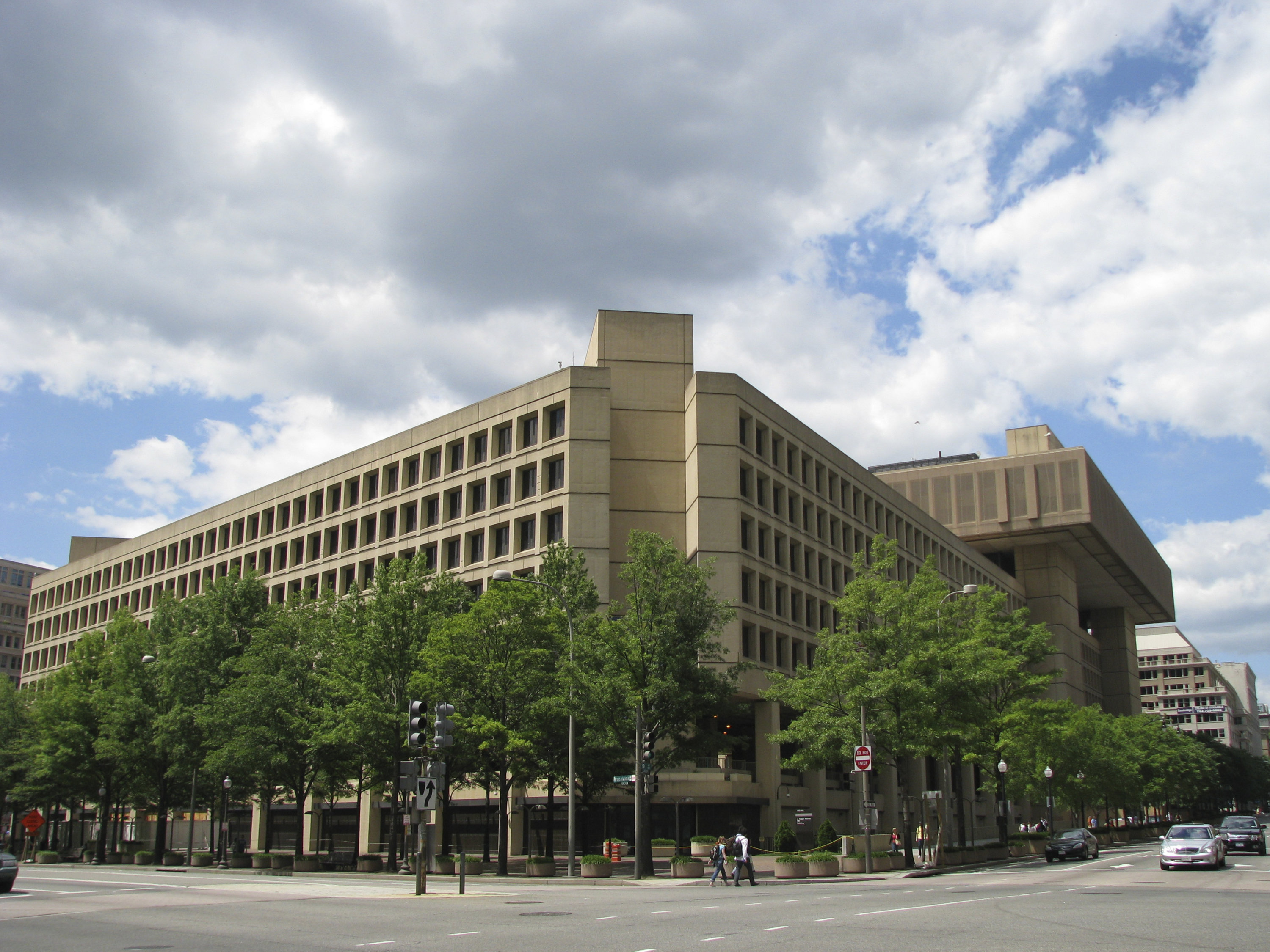
Okay, fine, let’s talk about the FBI building. What is it about it that people find so viscerally repellent?
Well, it’s ultimately a problem of its disregard for the city and the streetscape. And that was a broader problem in the mid–20th century to late 20th century. This was a time when, for a variety of reasons, people were increasingly skeptical of cities. And unfortunately, in the United States one of the main reasons for that skepticism had to do with racism. So in that era, a lot of people thought no one’s ever going to want to live in a city again. With the FBI building, it’s like [they were thinking] no one wants to be on [Pennsylvania Avenue] except during the inauguration. So we’ll set this facade waaay back from the street and then we’ll create a forbidding work of architecture. I also hasten to add that this wasn’t just architects forcing something down people’s throats. Architects have clients. Ultimately, they are the people who sign the checks and say, “Yeah, thank you, this is what we want.”
How did the pandemic affect the way we view DC’s architecture? Did the lockdown have an impact—experiencing public space without the public in it?
Certainly it’s changed our impressions of the city for part of the reasons you stated, of going to these places and seeing them desolate. I think the city has not been as fragile in quite a while. And I’m worried about where things are headed—particularly in terms of support for restaurants and shops and small businesses.
You must have been just vibrating with rage back in 2020 when Trump issued that executive order to have new government buildings be classical architecture.
Yes. [Laughs.] That’s an excellent way of phrasing it. The rejection of modernity, the celebration of the things from before, [the idea] that the times were always better before—these are key elements of oppressive regimes. And it’s not just fascism: You find them also in communist regimes and so on. So yeah, it scared the hell out of me when I started to hear people talking about establishing an official style, particularly when it was supposed to be a traditional style, because that’s literally right from the fascist handbook. I mean, this was a deliberate effort to begin to create an ethos in which new is bad, old is good, any sort of progress is regarded with suspicion. That was absolutely something of great concern to me.
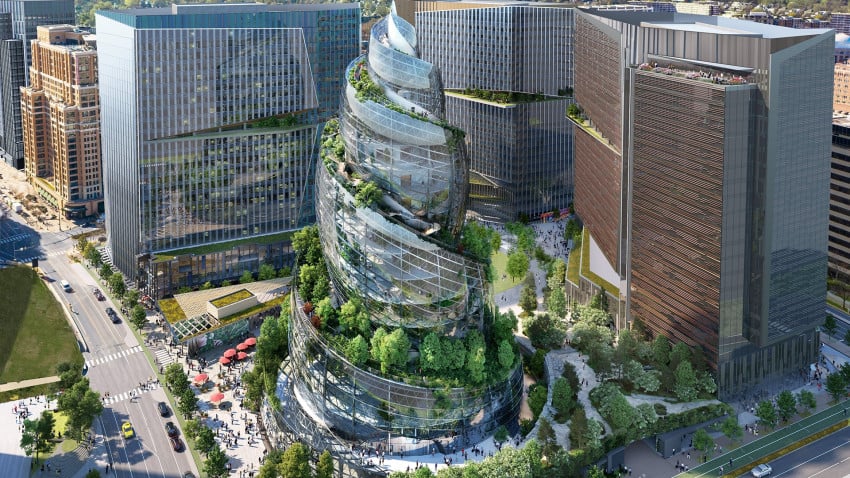
Can I get a preview of the seventh edition? I’m curious about the spiral that Amazon is building, which some people are calling the poop-emoji building.
I can dodge that because presumably the seventh edition will still only be DC and won’t include Arlington.
Ah, right!
But I am skeptical of that. I’m glad to see the work going on in Crystal City—excuse me, National Landing—which is overdue. But, yeah, that building . . . hmm. Who knows? Maybe after a year it won’t be the poop emoji, it’ll just be the spiral and no one will think of it again as that.
The book has some funny asides and subtle humor.
I do like humor. Obviously, not everyone’s going to find what I find funny to be funny, but I try. I’ve been thinking for years about doing a standup routine. I have written tons of material.
Architecture jokes?
Not architecture jokes, mostly, although there’s a couple. I do also think that humor is a way to make a point that can be tricky. But also, you know, life is ultimately absurd. With architecture, often things can be so deadly serious.
Part of it comes from a slight defensiveness about DC. Having lived in DC for decades, when I travel, people say, “Where do you live?” The next thing you know, you’re talking about politics or “Oh, are you a lawyer?” No, I’m not a lawyer. I’ve given lectures about DC architectural history where I end with a slide with photos of DC-flag tattoos that I’ve taken. I’ve got dozens of these.
So where’s your DC flag tattoo?
I’m not a fan of tattoos. [Laughs.] I do like the DC flag. Very simple, very powerful. And to me, when you’ve chosen to put it on your skin, that says a lot about DC.
This article appears in the January 2023 issue of Washingtonian.









